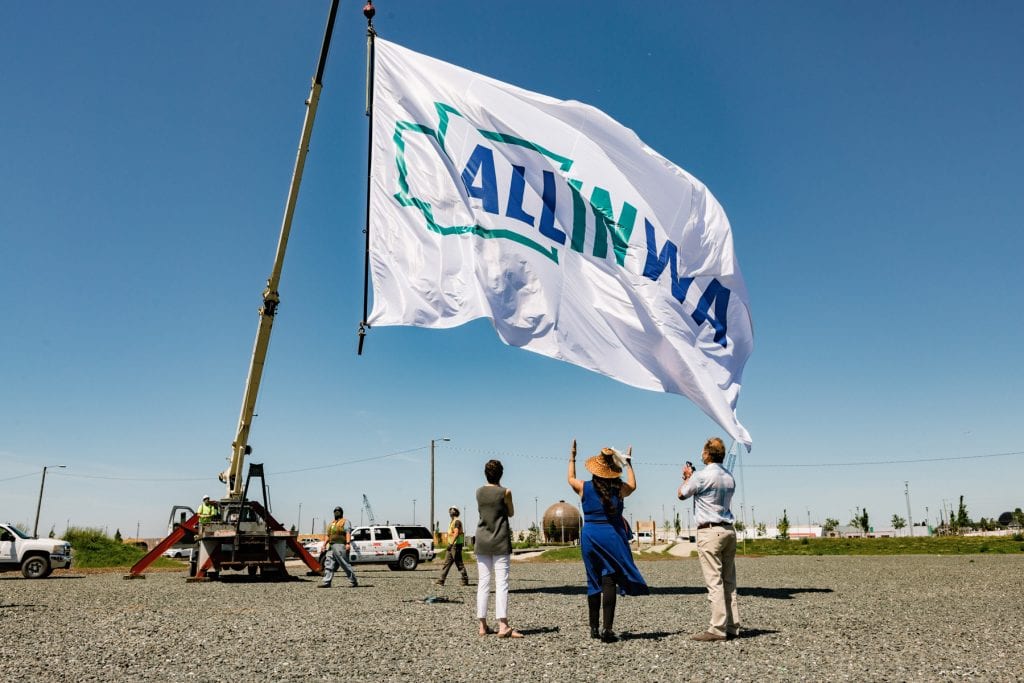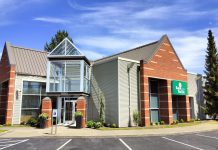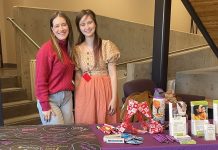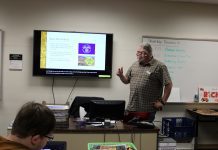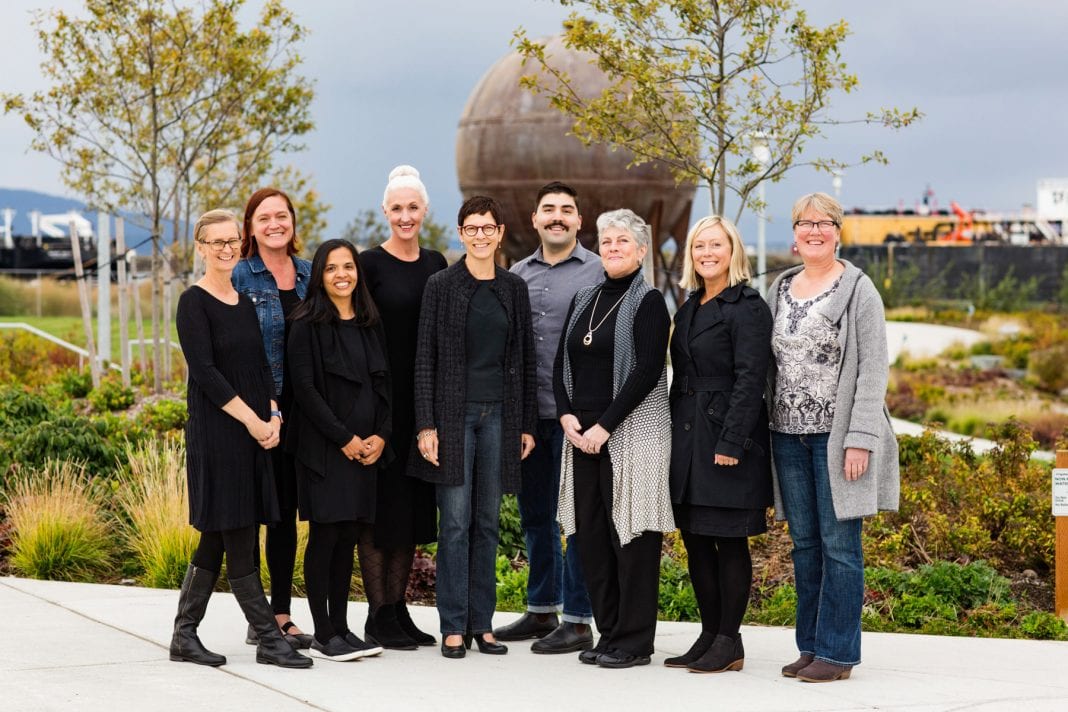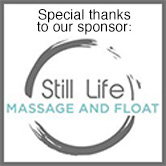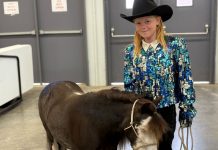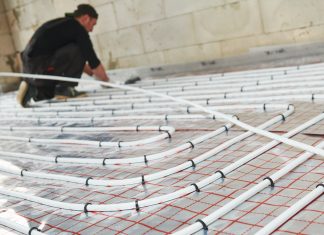We all know it’s a good idea, if possible, to have a bit of savings. From putting something aside for a rainy day, to building a safety net in case of emergency, it’s one way to potentially stop a problem from becoming a disaster. So it’s good to know that, when an entire community is faced with a setback, we have an organization like the Whatcom Community Foundation looking out for us. Their Resilience Fund has been a lifesaver for many throughout the stresses caused by COVID-19.
“The Resilience Fund is set up to make grants to community-based organizations, so we’re funding folks who are working on the front lines, supporting vulnerable communities in Whatcom County,” says Whatcom Community Foundation’s Executive Vice President, Pamela Jons.
“The fund has been open for a number of years,” continues CEO, Mauri Ingram. “We knew that something was going to happen here—whether it was a natural disaster or a man-made disaster—and so we wanted to start something that focused on building again, on addressing whatever the urgent needs are.”

And thanks to a generous challenge match from Amazon founder Jeff Bezos to the All In Washington campaign, contributions to the Resilience Fund will be matched 1:1 up to $1 million per individual donor.
The fund specializes in getting assistance to programs that operate at the ground level, and get help directly to the people who need it the most. It’s meant to expand local capacity and address the many needs created or exacerbated by the pandemic.
So far, the Resilience Fund has distributed more than $735,000 to 35 local nonprofits navigating economic and health impacts, mounting food insecurity, child care, mental and behavioral health, safety, and emergency financial assistance. The grants have typically ranged from $5,000 to $50,000, focused on helping children and families, elders, people with compromised immune systems or disabilities, residents without health insurance or access to sick days, communities of color, economically vulnerable people, and people at risk of domestic violence.
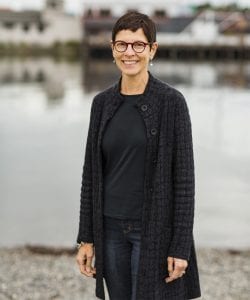
Because the foundation is local, its team has a strong grasp on what the community needs, and places a high value on being creative and adaptable. “We really do see ourselves as a Swiss Army knife; whatever tool the community needs,” Ingram says. “Because we’re generalists—because we look at every aspect of community health—we often ask questions that aren’t being asked by people who are working in the field. That’s what we bring: a sense of curiosity, and passion for this community. And then we try to figure out how we can play a useful role.”
That ingenuity has led the foundation into partnerships with other large organizations, which strengthen the infrastructures in different communities. “We partner with the Lhaq’temish Foundation, the community foundation of the Lummi people,” says Jons. “They’re using funding to support the Lummi community through the pandemic, and that’s been a wonderful partnership. We also partner with the United Way of Whatcom County and Chuckanut Health Foundation to review COVID-19-related grant applications, so that there’s just one single application for all three organizations.”

Many non-profit organizations face unprecedented challenges with decreased revenues and increased demand for services—complicated by the need to completely change the way services are delivered.
“Grants from the Resilience Fund support organizations such as the Hearing Speech and Deaf Center and Compass Health to pivot from traditional in-person services to a telehealth model,” says Jons. “Sea Mar and Unity Care health clinics received funding to increase access for neighbors from historically disadvantaged communities and the Ferndale Community Service Cooperative grant is helping individuals and families struggling to pay their utility bills; folks having a hard time staying in their houses or keeping their water on.
In future phases, the Resilience Fund will continue to adapt to urgent and emerging needs as they evolve.

The foundation is happy to hear from community members that would like to support their work, and there’s a wide variety of ways to get involved. They see everything from one-time donations to donors that work actively with foundation staff on an ongoing basis and others who write the foundation into their wills so they can leave a gift that benefits the community after they are gone.
Rather than being a chore done out of necessity, ongoing fundraising efforts are seen by Jons as one of the perks of the job. “We get to see a lot of the best sides of the people who are giving,” she says, “as well as the people who are in the nonprofit sector—many of whom are also donors, working hard to make things better.”
“We feel very fortunate to have work that’s filled with purpose,” says Ingram. “Being in a place where we get people bringing all of those resources and passion together in one place is really inspiring. I still bounce out of bed every day, loving this job.”
